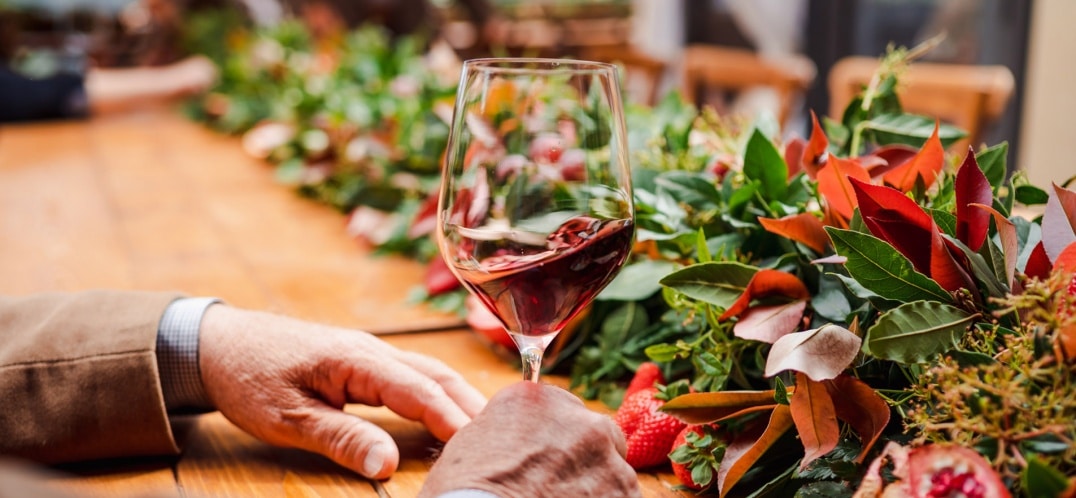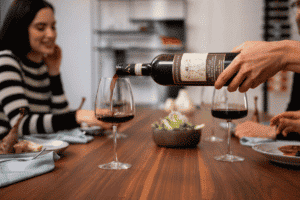Wine tasting means sampling it in order to judge its quality or define its characteristics. Professional wine tasting requires the study and respect of some rules on how to taste a wine, however everyone can do it, even the less experienced, following some easy precautions.
There are no differences between how to taste a red wine or how to taste a white wine. In both cases it is a question of carrying out a sensorial analysis that involves sight, smell and taste and, of course, interpreting what your senses perceive with your own personal experiences, memories and emotions.
The appearance
Of all the sensory systems, the visual one is certainly the most complex. Just think that the optic nerve contains a million receptors compared to the acoustic one which contains only 30,000. Visual evaluation begins by observing the wine as it is poured into the glass. The glass should be brought to eye level to evaluate color, transparency and clarity. The best way to do this is to tilt the glass against a white background to bring out the color tone. By rotating the glass so that the wine spreads on the walls of the glass, you will observe the arches, also known as ‘tears’ or ‘legs’: detectors of the viscosity of the wine and the alcohol content. The smaller the arches and the more viscous the wine is on the walls, the greater the structure and the alcohol content.
On the nose
The sense of smell is never fooled, unlike what happens to other sense organs, such as vision. For this reason, the moment in which the wine is smelt in a sensory analysis is very important and requires particular concentration.
The olfactory stimuli reach the right hemisphere of our brain, the one in charge of creativity and emotions. The sense of smell has direct connections with the hypothalamus which oversees our intimate and emotional life, and can modify brain activity by influencing our actions much more than we realize.
The wine should be smelt when the glass is still, inhaling deeply and quickly and then moving the glass away. Before sniffing again, it is good to swirl the glass in order to release the volatile substances. The perceived odors are generally grouped into six large families: floral, fruity, vegetable, spicy, different biochemicals. We also try to perceive its intensity and complexity.
On the palate
The time has come to taste the wine and understand how to evaluate the wine in the mouth, using the sense of taste. Taste has similar reception mechanisms as the sense of smell, one that operates on molecules dispersed in the air and the other on compounds dissolved or otherwise conveyed by a liquid medium. Both smell and taste reach the areas older than the cerebral cortex. The wine must be tasted in small quantities and held in the mouth to allow the papillae positioned on the tongue and on the palate to be able to perceive its flavor (there are four flavors that we can recognize with descriptors: sweet, salty, sour and bitter) and the consistency or body.
At the end of each tasting, the sensations encountered are usually noted on a notebook in order to have a complete description. This is also useful for making comparisons with other bottles.



